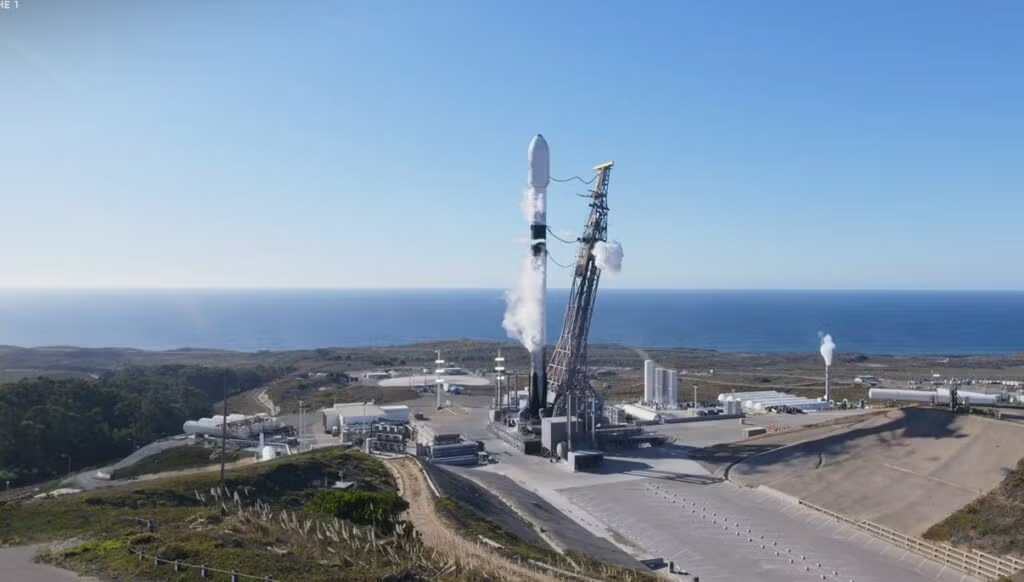Defense Daily
-
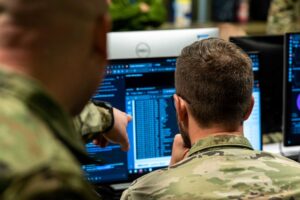 Space
SpaceNRO Establishes Space Cyber Program After Last Month’s Moonshine Guardian Exercise
RESTON, Va.–The National Reconnaissance Office (NRO) established a space cyber program on Oct. 1. While the NRO is no stranger to devising solutions to the decades-old threat of hacking, “today’s […]
-
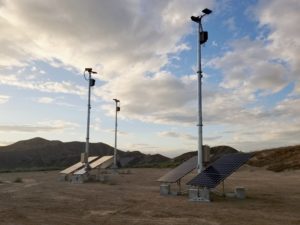 Nuclear Modernization
Nuclear ModernizationNNSA Awards Anduril $140 million For Counter-Drone Systems
The National Nuclear Security Administration (NNSA) awarded California-based defense technology company Anduril Industries with a $140 million contract to procure counter-uncrewed aircraft systems (C-UAS) on four sites, a procurement notice […]
-
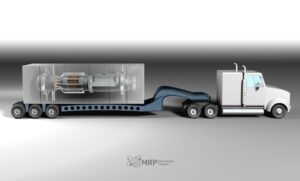 Army
ArmyDIU Solicits For Nuclear Power Plants; Army Selects Sites For Potential Deployments
The Army and Defense Innovation Unit (DIU) are requesting bids to provide nuclear power plant energy solutions that would be demonstrated on a military installation within the U.S. by 2030. […]
-
 Business/Financial
Business/FinancialUrsa Major Raises $100 Million To Boost Production; Books More Than $115 Million In Orders In 2025
Rocket motor and engine developer Ursa Major on Tuesday said it has closed a $100 million Series E funding round and received $50 million in debt funding commitments to help […]
-
 Cyber
CyberDHS Wants Satellite Volunteers To Test New Cyber Tools
RESTON, Va. — The Department of Homeland Security and Aerospace Corp. want satellite operators to volunteer to test out new tools they’re building to detect cyberattacks on spacecraft, officials said at […]
-
Tuesday, November 18, 2025
- Pentagon Moving To Implement Report By SDA Review Team, Including More Systems Engineering Focus To Reduce Concurrency
- Trump Says U.S. Will Sell F-35s To Saudi Arabia
- Electric Boat Nabs $2.3 Billion Contract For Advance Procurement Of Columbia-Class Subs
- Pentagon Official Decries Cyber “Complacency”
- York Space Systems Files To Go Public; Discloses $99 Million Loss In 2024
- IonQ Confirms Deal To Acquire Optical Terminal Provider Skyloom
- U.S. OKs Potential $3.5 Billion Deal With Germany For Standard Missiles
- Austal USA To Share 3D Printing Tech With Aussie Shipbuilder ASC
- Castelion Picks Site In New Mexico For Hypersonic Manufacturing
- F-22 Controls Unmanned General Atomics MQ-20 Drone In Industry Demo
- Palladyne AI Acquires Unmanned Systems, Manufacturing Companies To Form New Defense Unit
- DoE Spokesperson: Trump Not Scheduled To Meet With DoE, NNSA On Nuclear Testing
-
Tuesday, November 18, 2025
- Pentagon Moving To Implement Report By SDA Review Team, Including More Systems Engineering Focus To Reduce Concurrency
- Trump Says U.S. Will Sell F-35s To Saudi Arabia
- Electric Boat Nabs $2.3 Billion Contract For Advance Procurement Of Columbia-Class Subs
- York Space Systems Files To Go Public; Discloses $99 Million Loss In 2024
- Pentagon Official Decries Cyber “Complacency”
- Austal USA To Share 3D Printing Tech With Aussie Shipbuilder ASC
- U.S. OKs Potential $3.5 Billion Deal With Germany For Standard Missiles
- Castelion Picks Site In New Mexico For Hypersonic Manufacturing
- IonQ Confirms Deal To Acquire Optical Terminal Provider Skyloom
- Palladyne AI Acquires Unmanned Systems, Manufacturing Companies To Form New Defense Unit
- RTX Nabs $699 Million Deal For NASAMS Fire Units Slated For Taiwan
- F-22 Controls Unmanned General Atomics MQ-20 Drone In Industry Demo
- DoE Spokesperson: Trump Not Scheduled To Meet With DoE, NNSA On Nuclear Testing
-
 Air Force
Air ForceF-22 Controls Unmanned General Atomics MQ-20 Drone In Industry Demo
General Atomics Aeronautical Systems, Inc. (GA-ASI) on Monday announced the successful test of an F-22 Raptor fighter controlling an MQ-20 Avenger unmanned combat aerial vehicle (UCAV) for the first time […]
-
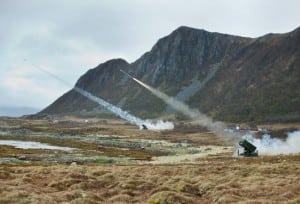 International
InternationalRTX Nabs $699 Million Deal For NASAMS Fire Units Slated For Taiwan
The Army has awarded RTX [RTX] a $699 million contract for National Advanced Surface-to-Air Missile Systems (NASAMS) fire units set to be delivered to Taiwan. Work on the deal is […]
-
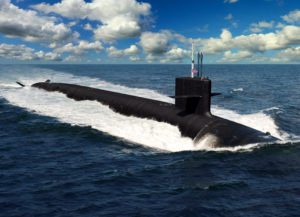 Navy/USMC
Navy/USMCElectric Boat Nabs $2.3 Billion Contract For Advance Procurement Of Columbia-Class Subs
The Navy on Monday awarded General Dynamics Electric Boat [GD] a $2.28 billion cost-only modification covering additional advance procurement and advance construction of five more Columbia-class ballistic missile submarine hulls, […]
Tagged in:

